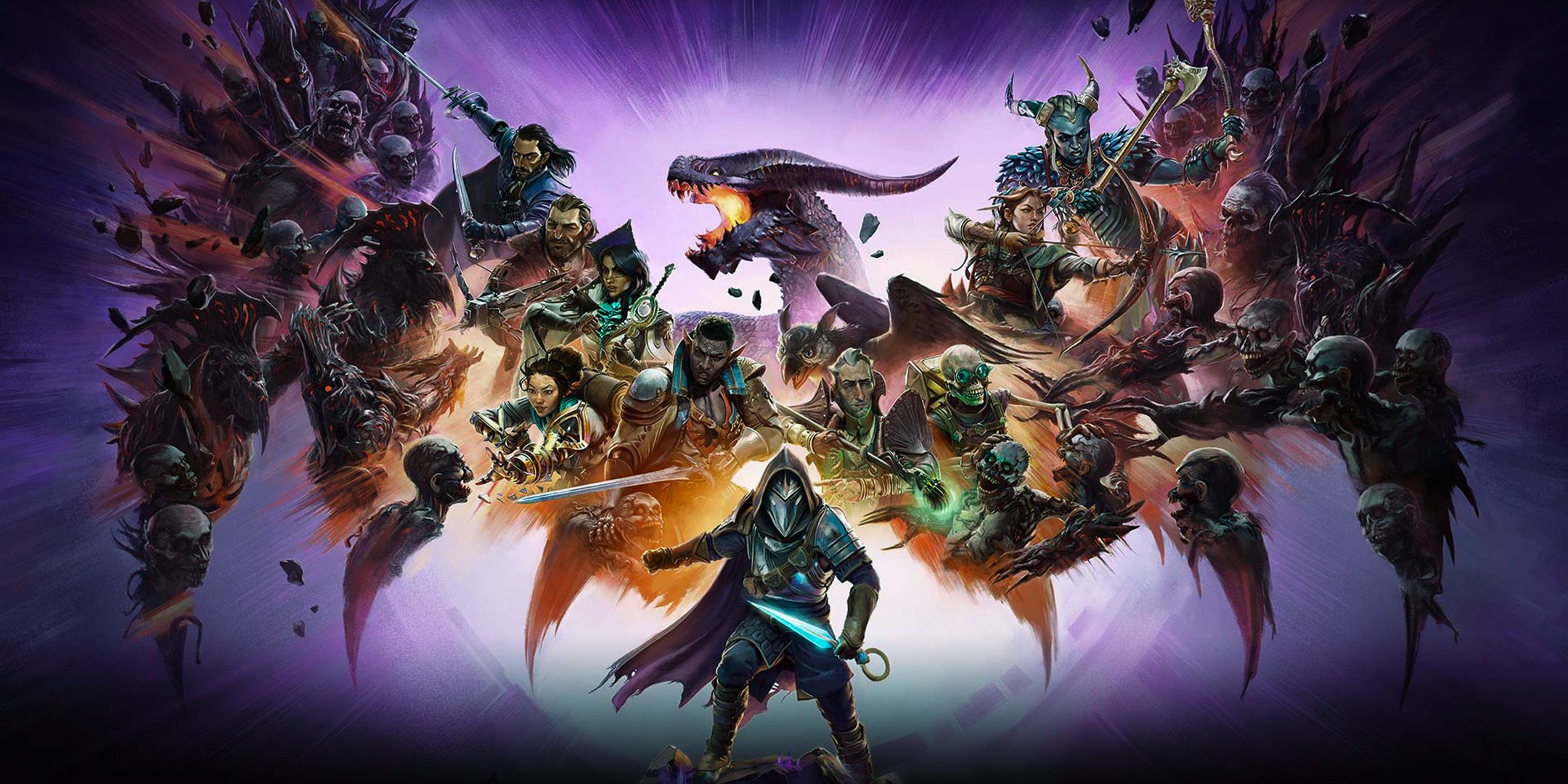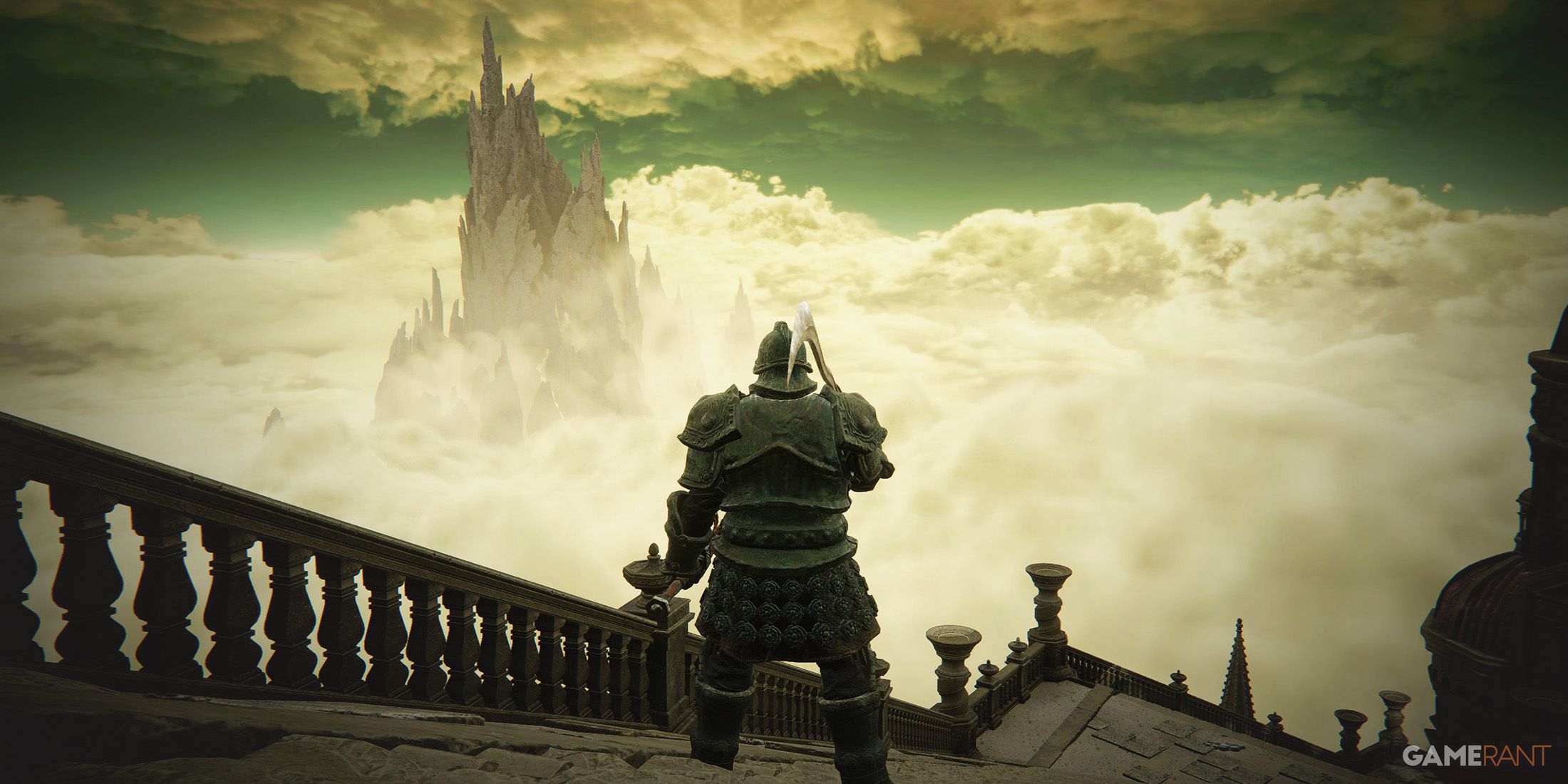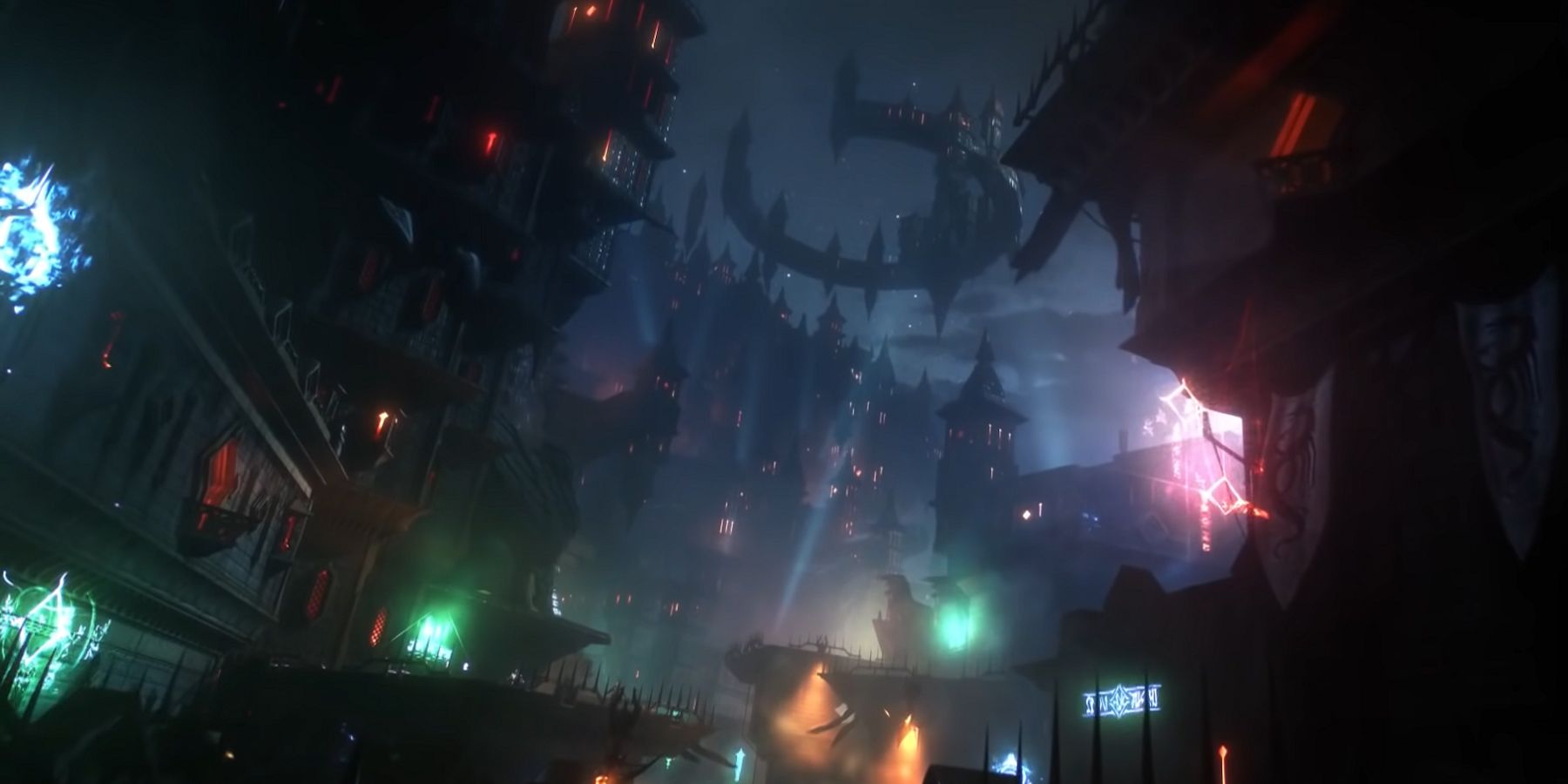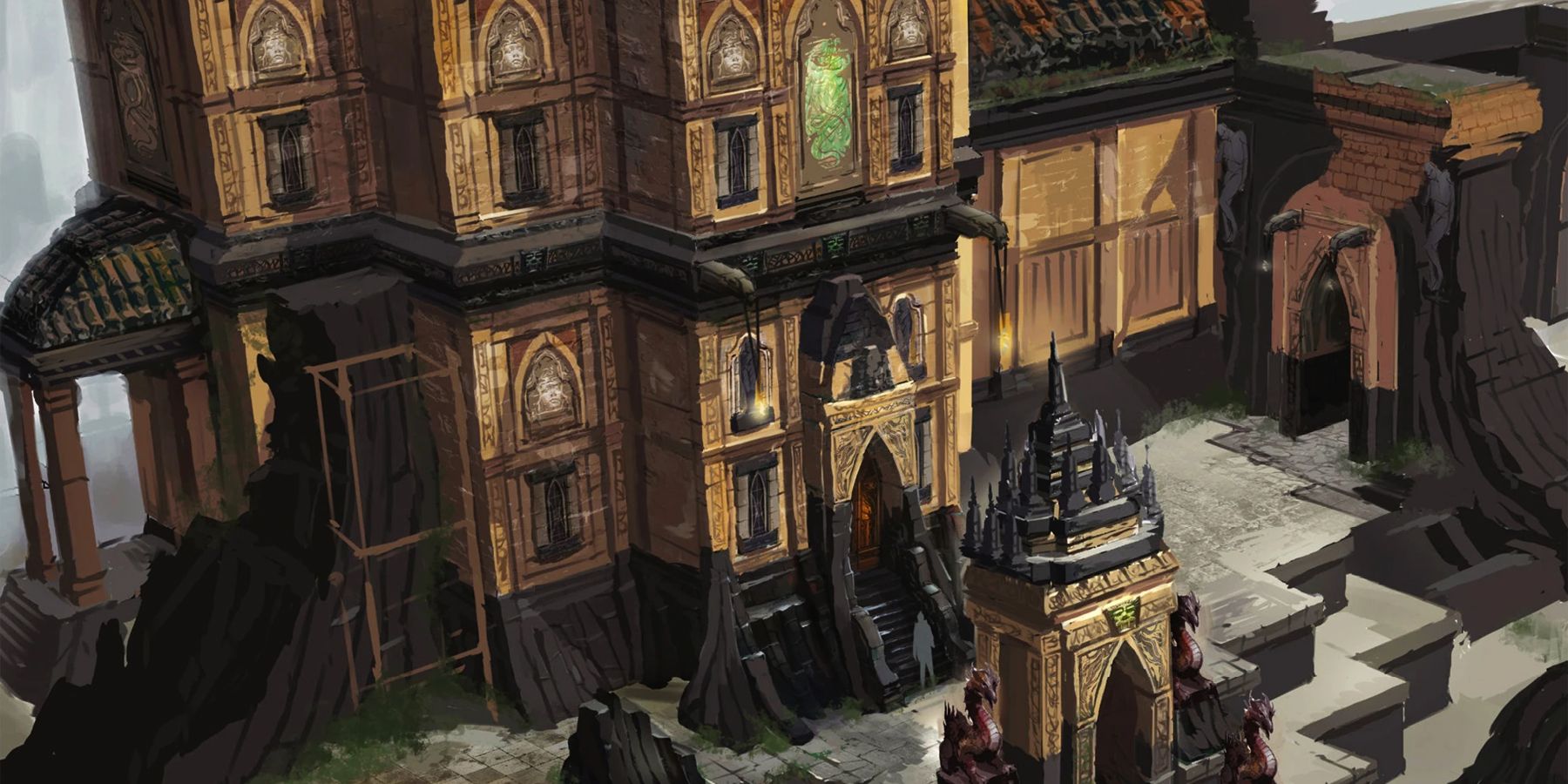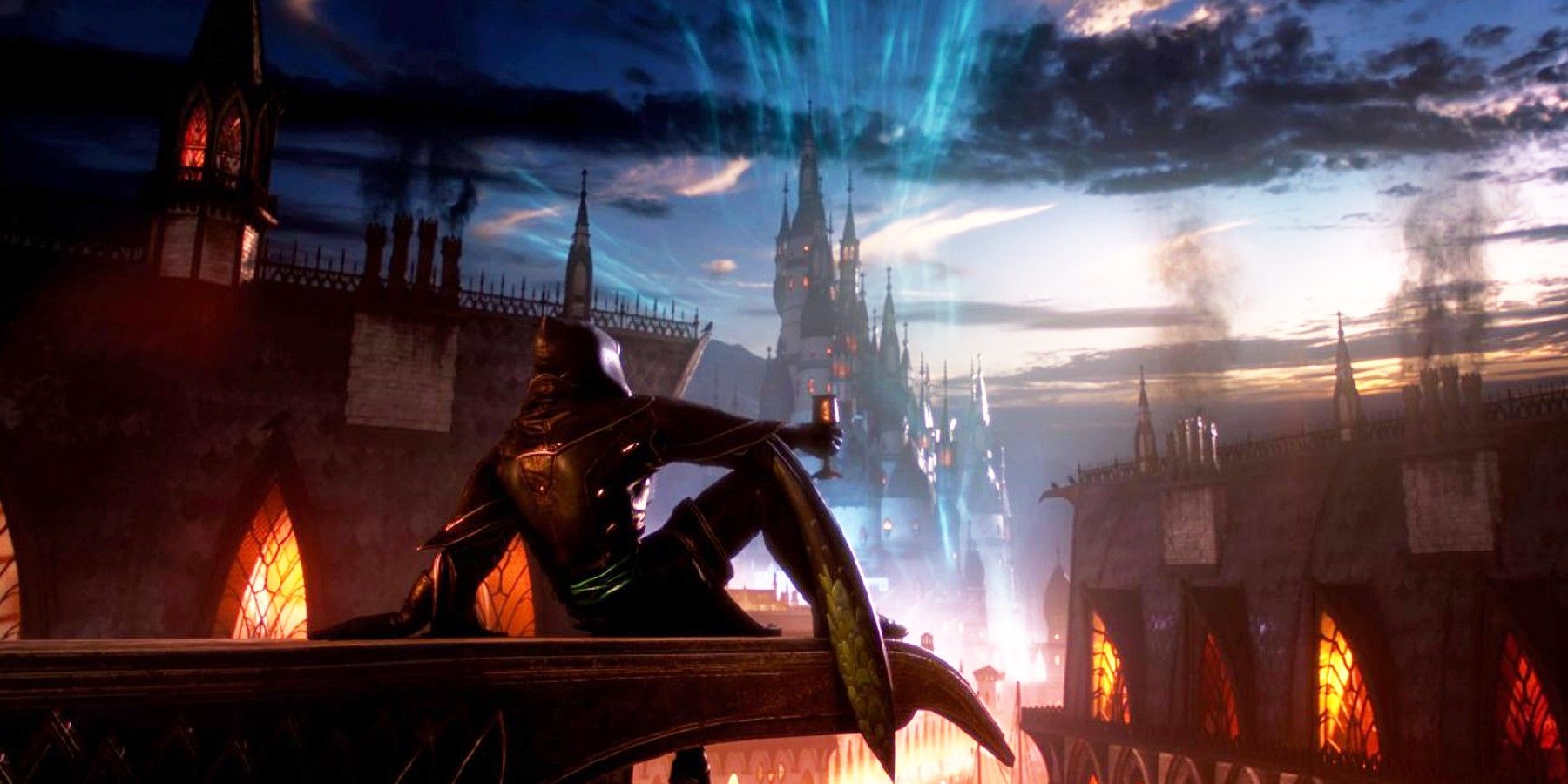It's been quite some time since BioWare officially announced Dragon Age: Dreadwolf. While BioWare has been relatively upfront about the game's development, fans know very little about what the final product will look like. However, one thing that fans know for sure is that it will take place mainly in and around Dragon Age's Tevinter Imperium, with players most likely visiting the Imperium's capital city of Minrathous.
However, BioWare has not always had a flawless track record of depicting the scale of certain events and locations. Dragon Age has been particularly bad about this at some points, with Inquisition's Val Royeaux being a particularly egregious example. Dragon Age: Dreadwolf must step up its game when depicting Tevinter's dark magic metropolis.
Minrathous Can't be a Repeat of Inquisition's Val Royeaux
The capital of the Tevinter Imperium and seat of the Imperial Chantry, Minrathous is the largest city in Thedas, featuring sprawling docks and shipyards as well as a vast network of underground tunnels. It's also routinely flooded with refugees from Tevinter's never-ending war with the Qunari, and its towering buildings are slowly crumbling in parallel to the Imperium's decline. Everything that fans have seen about Minrathous suggests it is large, crowded, and oppressive, and it is critical that this comes across in Dragon Age:Dreadwolf.
What it must not do, is repeat the disappointment that was Val Royeaux in Dragon Age: Inquisition. The capital of the Orlesian Empire, fans had heard a lot about it in the preceding games. Home to the Imperial Palace and the Grand Cathedral, it's the seat of both the Chantry and Orlesian Monarchy. Other landmarks include its two massive gates, the headquarters of the Templar Order, and the continent's largest and most prestigious university.
Val Royeaux is also supposed to be one of the largest cities in Dragon Age's world of Thedas, featuring both glittering palaces and cramped, dilapidated slums. The city's elven areas have been described as both uniquely large, poor, and densely populated, with over 10,000 inhabitants. While Dragon Age never specified the size of the city's human population, there's enough information to infer that it's somewhere in the hundreds of thousands, or possibly even the low millions.
That makes it strange that Inquisition's Val Royeaux seems to be a single open-air shopping mall, with its shady underbelly seemingly brushed under the rug. The game did not feature any of the city's prominent landmarks, and players couldn't even see the rest of the city from anywhere in the market. New players unfamiliar with Dragon Age lore might not even know that the rest of the city was supposed to be there. One can't help but wonder if some of the game's designers also forgot that was the case.
A few quests in Dragon Age: Inquisition has players visit locations in other parts of Val Royeaux. However, there's never more than a single building or courtyard, and the game has little to suggest these are part of the same city. The marked and other locations feel disconnected, lack Val Royeaux's distinguishing landmarks, and never really convey the scale of how large it is supposed to be. BioWare mustn't repeat this mistake with Dragon Age: Dreadwolf's city of Minrathous.
What Dreadwolf's Minrathous Should Look Like
This doesn't mean Minrathous needs to be a full open-world environment like a medieval fantasy version of Cyberpunk 2077's Night City. The explorable area doesn't even need to be all that large if developers find a way to make the city feel large. BioWare already has some experience doing this, with Dragon Age: Origins' Denerim and Kirkwall from Dragon Age 2 feeling appropriately sized. In both cases, developers accomplish this by only letting players see important parts of the city while still giving the impression that more of it exists.
Even if players only explore one part of Minrathous in Dragon Age: Dreadwolf, just letting players see the rest of the city from a distance can have a similar effect. Mass Effect 2's Citadel and Illium are good examples. Both limited players to a single large building that offered a good view of the surrounding area, helping to impart a sense of scale.
Dreadwolf could feature a mix of the two approaches, splitting Minrathous into multiple themed zones that still give a view of the city. Tevinter's love of towers comes in handy here, whether players are peering down from a balcony or up from the street level. Regardless of how developers pull it off, however, Dragon Age: Dreadwolf's Minrathous needs to feel as big as it's said to be.
Dragon Age: Dreadwolf is in development.


